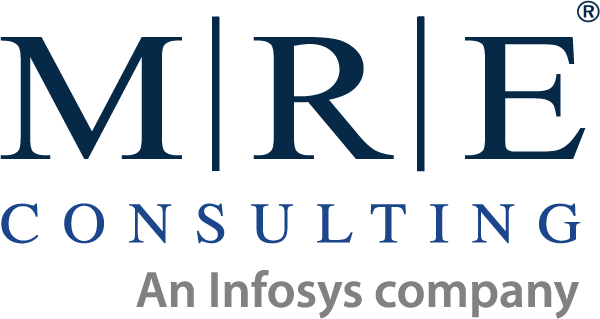What We Faced
Challenge
Following significant acquisitions, a global energy company sought to unify its disparate back-office technologies to expand its low-carbon energy offerings and optimize operating costs. A critical objective was to ensure a smooth transition for both business teams and customers. This included improving the customer sign-up and renewal processes, efficiently implementing pricing adjustments, and establishing robust fraud prevention measures. Ultimately, the company aimed to deliver a best-in-class customer experience that reflected its core values of trust and integrity.
The retail power market’s tight margins often necessitate growth through acquisitions and market expansion, which can lead to fragmented and inefficient technology landscapes. This client faced the challenge of integrating acquired systems and required a scalable technology foundation to support a growing customer base. They needed assistance in identifying efficient technology solutions through System Selection and Solution Architecture, prioritizing fit-for-purpose options to minimize customization and reduce the total cost of ownership. Recognizing the complexity, they engaged MRE Consulting to augment their internal capabilities.
What We Did
Solution
Our initial step was to develop a comprehensive strategy and implementation roadmap. This involved a thorough assessment of their existing systems, identification of critical gaps, and the proposal of standardized solutions to streamline billing processes and enhance billing accuracy, ultimately improving the customer experience and accelerating cash flow.
A key objective was to standardize customer management and billing across all markets, targeting Excelergy Revenue Manager and Salesforce as the core platforms. The incumbent vendor was struggling to manage the increasing customer volume, resulting in billing delays. MRE Consulting was brought in to lead the design, rigorous testing, and seamless data migration for the new billing solution, with a focus on improving accuracy and cash flow.
To ensure the selection of the optimal solution, MRE’s ETRM team conducted an in-depth Energy Markets Solutions Assessment. This evaluation encompassed current operations, third-party integrations, and potential software solutions aimed at bringing critical business processes in-house. Utilizing our structured Software Selection Methodology, we meticulously examined functional, technical, and vendor fit. This process leveraged our proprietary requirements matrix and a clear business process mapping language tailored for Energy Market Solutions. Our findings were presented through a comprehensive Business Case Approach, detailing the proposed solution, viable alternatives, a clear benefits matrix, a detailed financial model, and a thorough risk assessment.
Our software selection process projected a compelling 5-year Return on Investment (ROI) of 50% for the client, alongside manageable identified risks. While multiple vendor solutions met the core functional requirements, the selected vendor’s technology alignment with the client’s cloud-first vision, including integrated Machine Learning and Artificial Intelligence capabilities, proved to be a decisive factor. The client accepted our recommendation for the cloud-based software and approved its implementation. Furthermore, we leveraged our assessment framework to negotiate competitive pricing and proactively address potential legal concerns, ensuring a successful and well-governed outcome.
What We Delivered
Results
Our data strategy enabled the client to establish a centralized repository for all customer contracts. This single source of truth ensured accurate and reliable billing data, effectively eliminating the need for a costly and less efficient third-party billing vendor. Our comprehensive testing strategy was instrumental in delivering a seamless customer experience, significantly reducing friction points in the customer onboarding process. The extensive testing and detailed demonstrations conducted throughout the project fostered strong stakeholder buy-in, leading to high user acceptance and a smooth rollout of new features. Consequently, the company successfully:
- Streamlined its back-office systems
- Enhanced accuracy in billing
- Strengthened fraud prevention measures
- Achieved a marked improvement in overall customer satisfaction
- Reduced the burden on customer service resources





